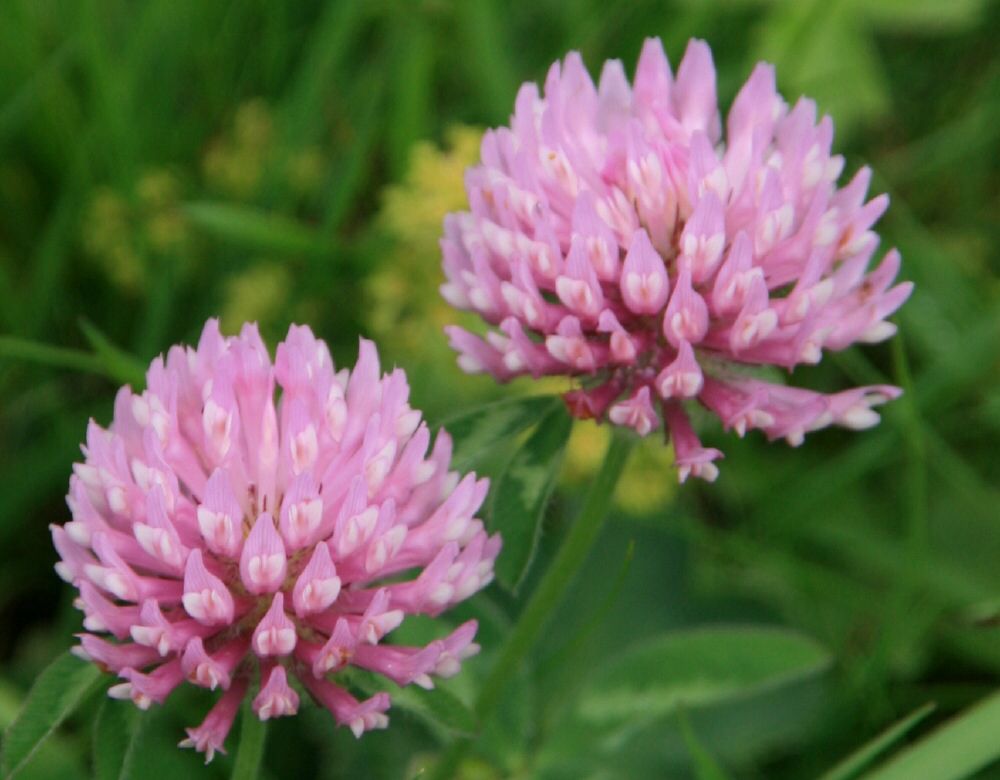Blooming with hanging purple flowers from may to december, red nightshade berries can be confused with small red cherry tomatoes. Flowers are white, borne in fall;

Fruit Huckleberry Several huckleberry species are native
Lonicera dioica (limber or wild honeysuckle) is a more wild form of native vine honeysuckle that is used for larger habitats.

Wild vine with purple flowers and red berries. Berry fruits can also be found in the fruit & vegetables section. For comparison purposes, the most common native vinesare: Climbs over and smothers other vegetation.
Japanese honeysuckle is a thin, twining vine and is not easily confused withcommon native vines. In hedges and deep woodland. Flowers give way to small red berries which mature in fall and are attractive to birds.
There are very few berries at lower levels but i managed to snip these from the vine using a. In this section you will find pictures of edible and poisonous berries. 3 to 9 plant type:
The following photos will allow you to identify vine and other climbing plants. This native vine is evergreen in the warm winter climates of the deep south, hence the species name of sempervirens (meaning evergreen in latin). I have a very large vitex,chaste tree, in front so most of the leaves and berries are at the topmost ten or fifteen feet,thousands of red berries.
Leaves opposite, pinnately compound, leaflets with smooth margins; Trumpet honeysuckle (lonicera sempervirens), virgin’s bower (clematis virginiana). Will tolerate a range of soil types and a variety of light conditions (except for complete shade).
Poison ivy (toxicodentron radicans) and crossvine (bignoniacapreolata). The calyx has 5 short triangular lobes; Widely cultivated for the purple fruit.
Eastern united states to mexico height: Japanese honeysuckle leaves are simple and arranged oppositely on. Protruding like a missile in the center is a yellow column of stamens with a slender style extending at the tip.
In rocky soil parthenocissus quinquefolia. Both white and red baneberries are extremely poisonous. Climbing vine with spectacular, unique flowers.
Click on image to view plant details. Small white flowers in spring. •grows in thickets and partially shaded areas •fruit matures bright red •fruit is eaten by birds •deer browse in summer •plants with unlobed leaves resemble greenbrier •soft bristles on leaves •leaf shape highly variable.
Foliage turns bright red in the fall and small purple berries are produced. Range of wild rose species. The calyx and stalk are smooth to sparsely hairy.
The core is packed with seeds, but the edible flesh is delicious. A climbing vine that can reach heights of up to 40 feet. Flowers are ½ inch across, 5 purple petals that are flaring to tightly curled back.
When not in a position to climb it is an excellent. The vine has climbed about thirtyfive feet upward. Red baneberry is deadly poisonous.
There can be so many they make the plant look red from a distance. Leaves with two or three lobes and stems bare tendrils for climbing. They are followed by brilliant berries which ripen to bright red in the fall, and persist through winter unless devoured by hungry birds or animals.

Free Plant Identification Purple flowers, Red berries

Hearts A Bustin Euonymus americanus Seed pods

Pin on Edible weeds and wild food

New Jersey Wildflowers & Plants Plants, Wild flowers

red elderberry Google Search Elderberry, Plants, Wild

Sambucus racemosa Red Elderberry Plants, Elderberry

Passiflora incarnata, commonly known as maypop, purple

Acer Palm. Bloodgood Small purple flowers, Plant

Billardiera longiflora Purple Apple Berry (With images

w034 Karilie (an orange vine fruit and yellow flower) in

Purple beautyberry Callicarpa Plants, Planting flowers

PowWow® Wild Berry Coneflower Purple flowering plants

Aronia arbutifolia Red Chokeberry Chokeberry, Native

Cercis occidentalis Eastern redbud, Redbud tree

purple milkweed (With images) Milkweed, Wild flowers

Purple Beauty Berry (Callicarpa dichotoma) A flowering

Red Clover (Trifolium pratense) (With images) Wildflower

BluePurple Wildflowers/Berries Purple wildflowers, Wild

Comments
Post a Comment